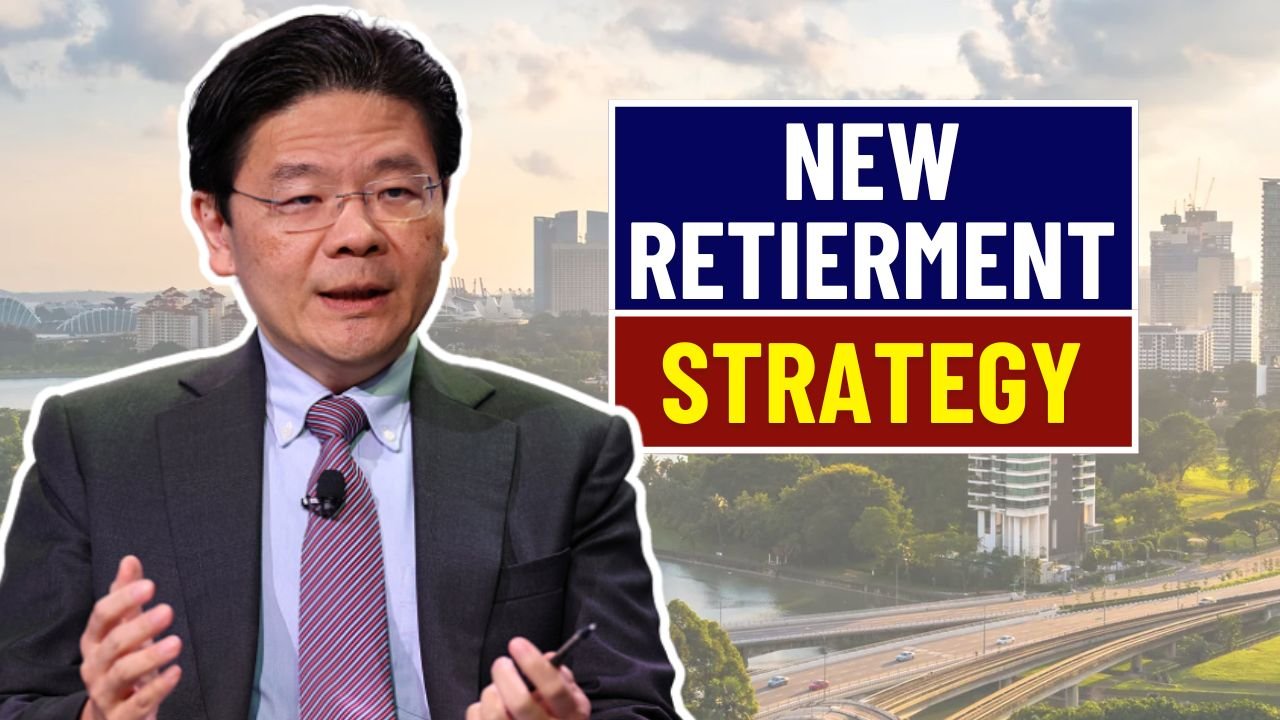Singapore is taking decisive steps to reshape its retirement and re-employment framework, aiming to secure better financial futures for its aging population. Recent announcements highlight significant changes designed to encourage older citizens to remain active in the workforce longer. These policy updates are poised to influence both workers and employers, ensuring a more sustainable labor market. This article delves into the specifics of these changes, who they affect, and the wider societal impact they are expected to have.
New Retirement and Re-Employment Age
The Singapore government revealed that the retirement age would be raised from 63 to 64 by 2026, alongside an increase in the re-employment age from 68 to 69. Furthermore, by 2030, the retirement age will further climb to 65, while the re-employment age will extend to 70. These changes are part of a broader vision to promote active aging and ensure that senior workers continue contributing meaningfully to the economy.
A Gradual Implementation
The new policies are being implemented gradually to allow businesses and employees ample time to adapt. The retirement and re-employment ages remain at 63 and 68, respectively. By 2026, the thresholds will rise to 64 and 69, and by 2030, they will further increase to 65 and 70. This phased approach supports a smooth transition, minimizing disruption across sectors and promoting workforce stability.
Why Singapore Is Redefining Retirement

An aging demographic has prompted the need for urgent reforms. By 2030, one in every four Singaporeans will be aged 65 or older, making financial independence for seniors a growing concern. Additionally, with life expectancy around 85 years, citizens face a longer post-retirement life span. Recognizing that many seniors wish to continue working, the government’s new retirement structure seeks to support active aging while ensuring financial resilience.
Criteria to Benefit from the Updated Policies
To qualify for re-employment under the revised framework, individuals must meet certain conditions. Applicants must be employed prior to reaching retirement age and must be Singapore citizens or permanent residents. Moreover, they must be physically and mentally fit to continue working. Employers are responsible for assessing whether employees meet re-employment criteria, and they are obligated to offer eligible workers re-employment opportunities unless valid reasons for refusal exist.
Broader Implications of the Policy Changes
The updated retirement and re-employment framework is expected to yield widespread benefits across society. Extended working years will allow individuals to save more, enhancing their financial security during retirement. Furthermore, retaining older workers enriches workplace dynamics by leveraging their experience, encouraging knowledge sharing, and promoting mentorship. Studies also show that staying engaged in the workforce can lead to improved mental and physical health outcomes for seniors.
Economic and Personal Benefits for Singaporeans
Longer employment periods will significantly boost CPF savings, enabling individuals to enjoy more substantial retirement benefits. Those who defer CPF payouts also benefit from increased monthly disbursements. On a national scale, a larger, more experienced workforce contributes positively to economic growth, supporting Singapore’s broader economic stability and development plans. Seniors maintaining employment also help mitigate the social and healthcare costs associated with an aging, inactive population.
Preparing Employers for a New Workforce Landscape
Employers must prepare for an evolving workforce that includes a larger proportion of older employees. Adjustments such as creating age-friendly workplaces, offering flexible work arrangements, and designing re-employment contracts tailored to senior workers’ needs will become increasingly important. In addition, ongoing training and skill development programs will ensure that older workers remain competitive and capable of meeting modern workplace demands.
Building a Resilient and Inclusive Workforce
Singapore’s decision to raise the retirement and re-employment ages reflects a forward-thinking strategy aimed at fostering financial security, promoting active aging, and sustaining economic growth. As 2026 approaches, both employers and employees must adapt to the new norms to ensure a seamless transition. In the long term, these initiatives will support a stronger, more inclusive society where senior citizens continue to play a vital role in shaping the nation’s future.

